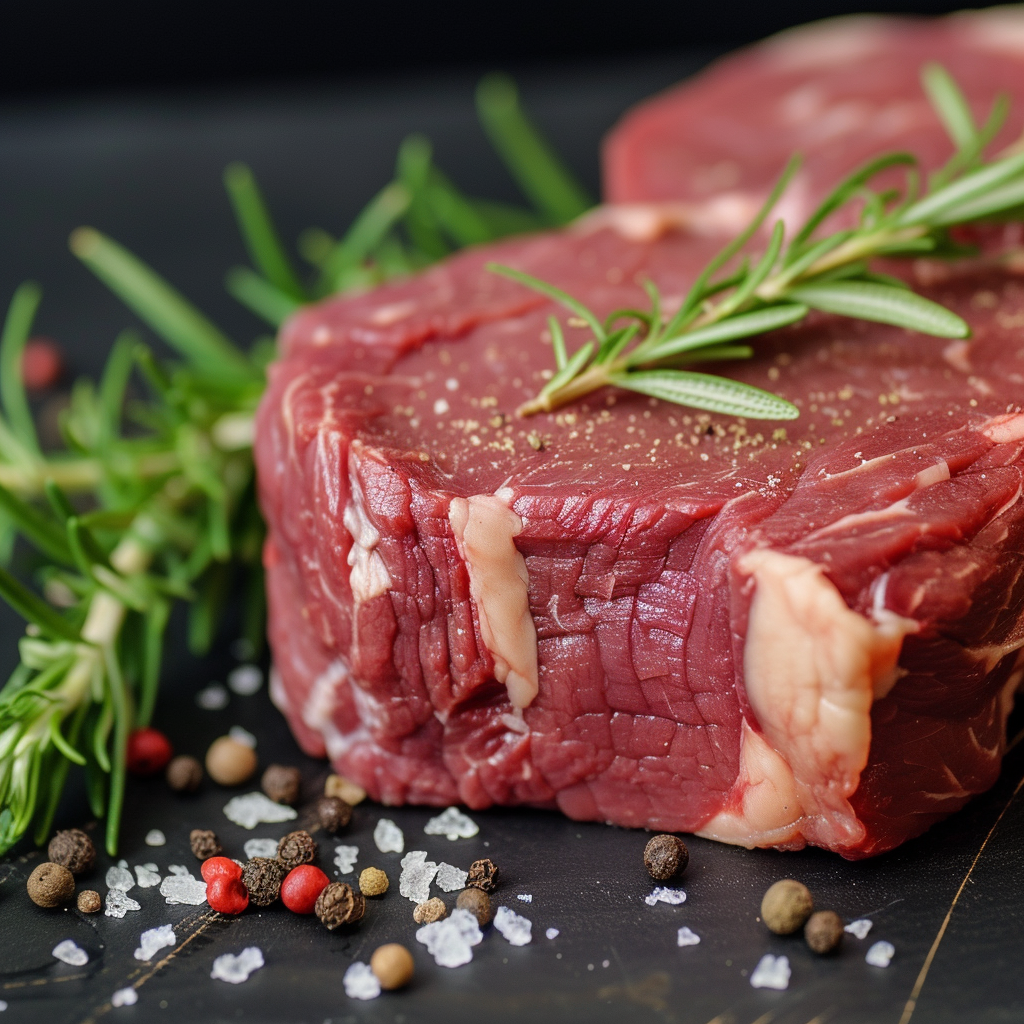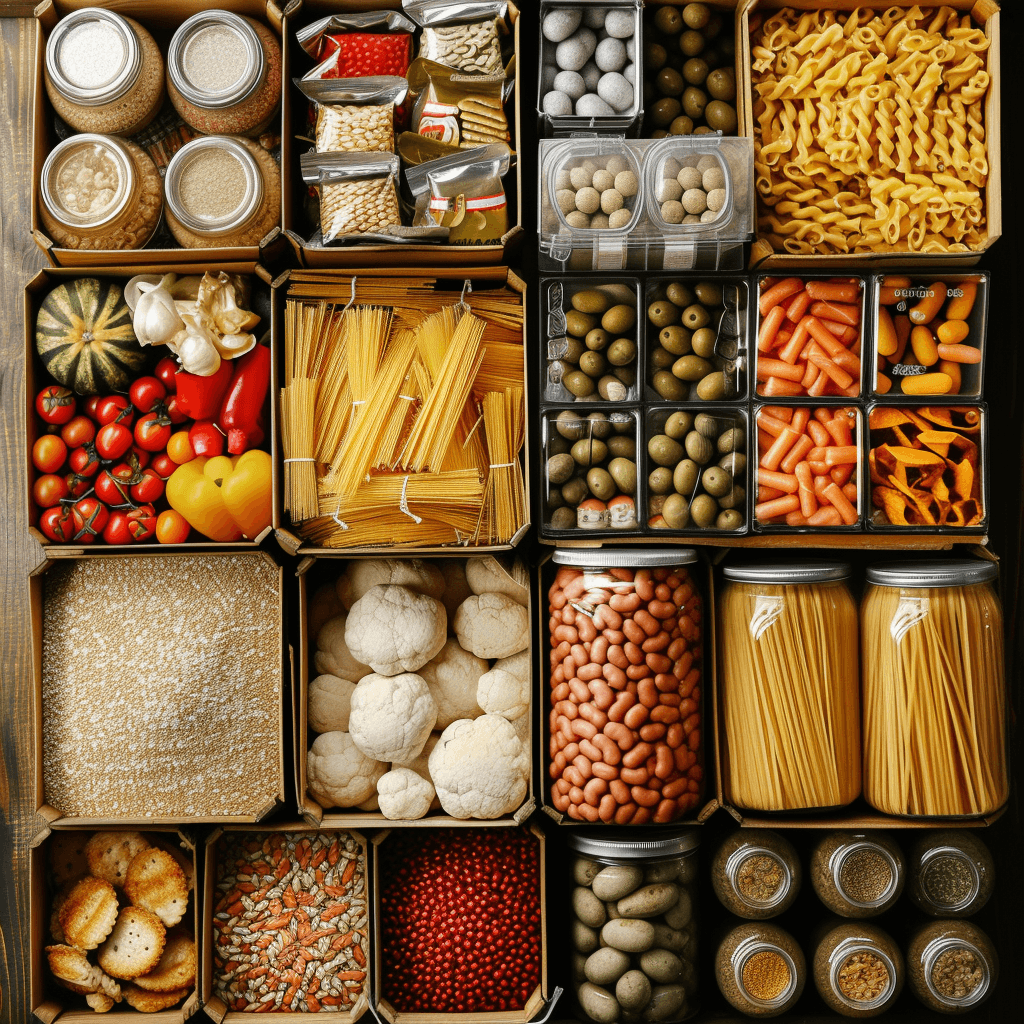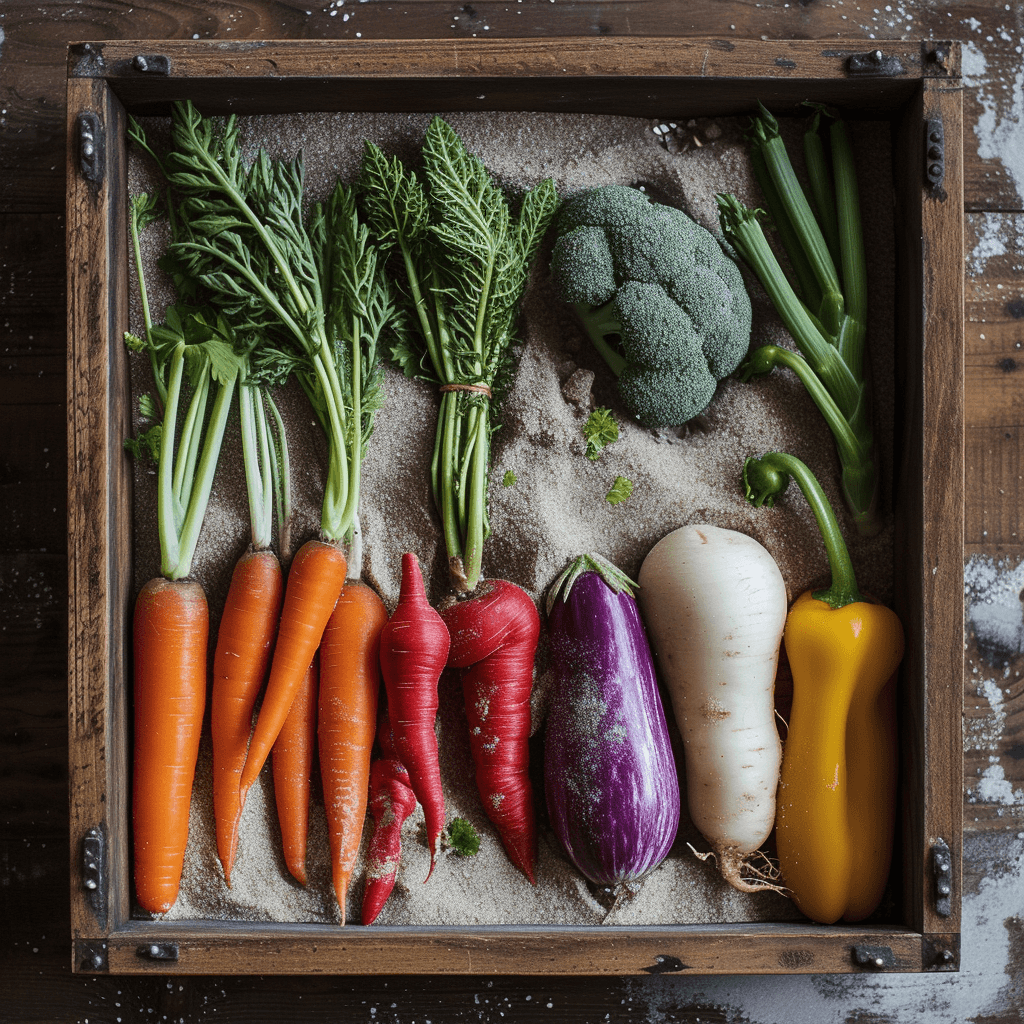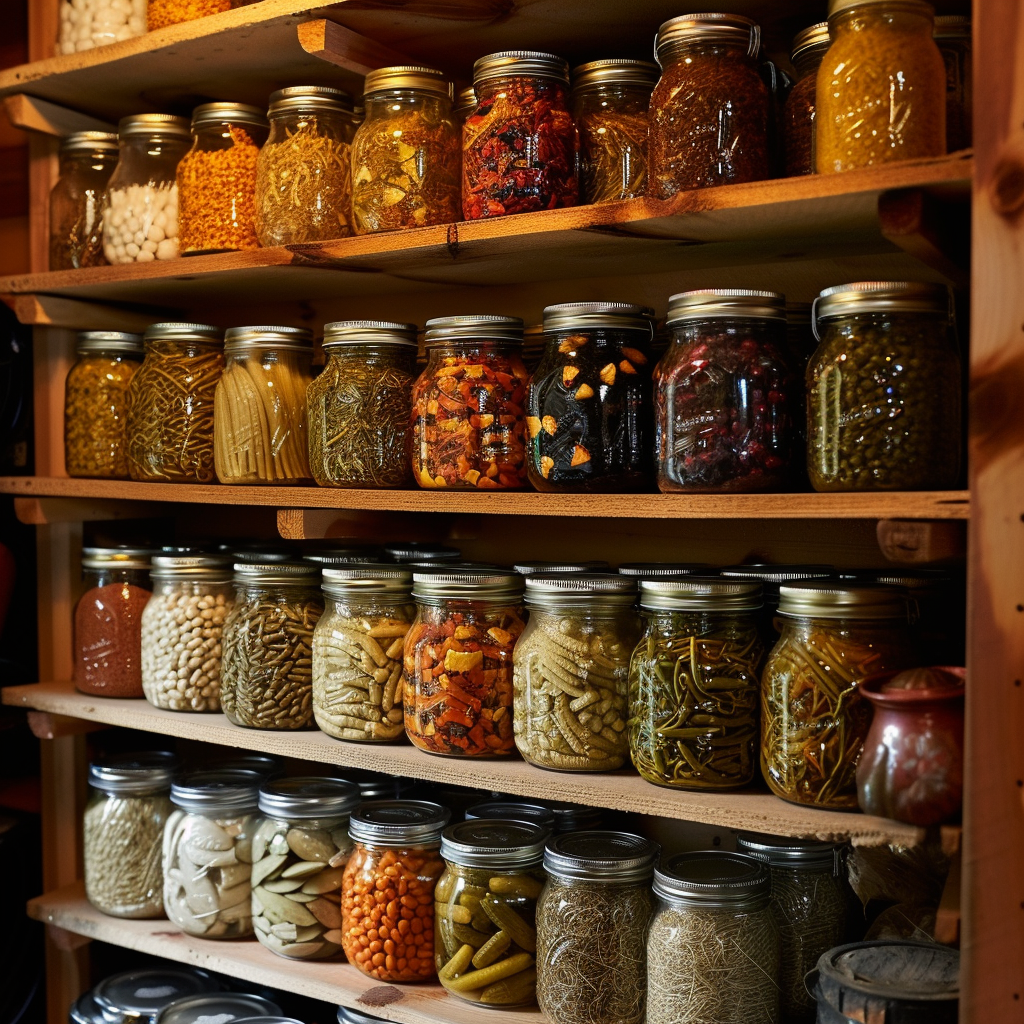Do you ever find yourself wondering what the best storage options for raw meat are? I mean, you don’t want all those delicious cuts to spoil, right? Well, no worries, my friend, because I’ve got you covered. In this article, we’re going to dive deep into the world of raw meat storage and explore all the best options available. Trust me, you’ll be an expert on this topic by the time we’re done.
So, let’s get straight to the meat of the matter (pun intended). When it comes to storing raw meat, there are a few key factors to consider: temperature, hygiene, and preservation. You want to make sure your meat stays at the right temperature to prevent bacterial growth, so refrigeration is a must. But what if you’re living off the grid? Don’t worry, we’ll discuss some options for you too.
Now, let’s talk about hygiene. It goes without saying that you don’t want any cross-contamination or funky odors going on in your meat storage. We’ll explore different packaging options and give you tips on how to keep your storage area clean and odor-free. And speaking of preservation, we’ll cover different methods like freezing, smoking, and curing. Each has its own benefits and we’ll break it down for you.
By the end of this article, you’ll have a solid foundation of knowledge when it comes to storing raw meat. So, get ready to become the master of meat storage, my friend. Let’s make sure those delicious cuts stay fresh and safe for your ultimate culinary satisfaction.
The Best Storage Options for Raw Meat
When it comes to storing raw meat, ensuring proper storage methods is essential to maintain its quality, freshness, and most importantly, food safety. This article will guide you through the best storage options for raw meat, taking into account temperature control, hygiene practices, and alternative methods for preserving meat without refrigeration.
Understanding the Importance of Proper Meat Storage
Proper meat storage is crucial to prevent foodborne illnesses caused by bacteria such as Salmonella and E. coli. These pathogens can multiply rapidly at improper temperatures, leading to the contamination of raw meat and posing risks to human health. By storing raw meat correctly, you can minimize these risks and ensure the safety of your meals.
Temperature Control: The Key to Preserving Raw Meat
Temperature control is one of the most critical factors in ensuring the safe storage of raw meat. Bacteria thrive in temperatures between 40°F (4°C) and 140°F (60°C). Keeping the temperature below this range will slow down bacterial growth and preserve the freshness of the meat.
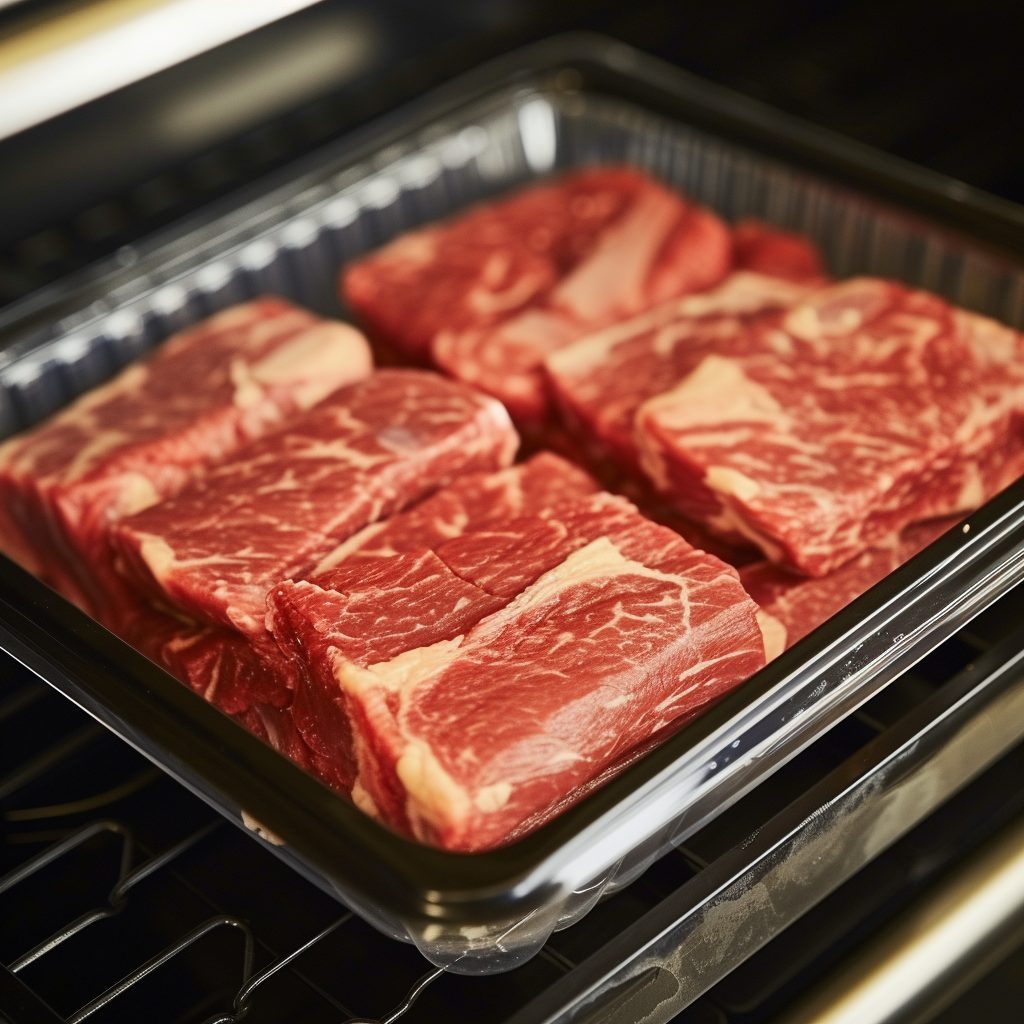
Refrigeration as a Primary Storage Option
Refrigeration is the most common and reliable method for storing raw meat. By keeping the meat chilled, you can significantly extend its shelf life and maintain its quality. Here are some advantages of using refrigeration for raw meat storage:
Advantages of Refrigeration for Raw Meat Storage
- Slows down bacterial growth: Refrigeration inhibits the multiplication of bacteria, reducing the risk of foodborne illnesses.
- Maintains freshness: Colder temperatures slow down the natural spoilage process of raw meat, keeping it fresh for longer.
- Convenient and easily accessible: Most households have refrigerators, making it a convenient storage option.
Recommended Temperature Range for Refrigerated Raw Meat
To ensure the optimal storage of raw meat, it is important to maintain a consistent temperature range. The recommended temperature for refrigerated raw meat is between 32°F (0°C) and 40°F (4°C). This temperature range slows down bacterial growth while keeping the meat cold enough to prevent spoilage.
Tips for Organizing and Managing Raw Meat in the Refrigerator
Proper organization and management of raw meat in the refrigerator can further enhance its storage efficiency. Follow these tips to ensure food safety:
- Store raw meat on the bottom shelf to prevent any potential leaking onto other foods.
- Keep raw meat in leak-proof containers or securely wrapped in plastic bags to avoid cross-contamination.
- Label and date raw meat packages to track their freshness and prevent any confusion.
- Regularly clean the refrigerator and remove any spoiled or expired raw meat to maintain a hygienic environment.
Freezing: A Long-Term Meat Storage Solution
Freezing is an excellent option for extending the storage life of raw meat beyond what refrigeration can offer. While refrigeration slows down bacterial growth, freezing actually puts it on hold by preserving the meat at temperatures below its freezing point. This method allows you to store raw meat for months, even years, without compromising its quality.
Benefits of Freezing Raw Meat for Extended Storage
- Longevity: Freezing raw meat significantly extends its shelf life, allowing you to stock up on meat when it’s on sale or in season.
- Versatile: You can freeze a variety of raw meat, including beef, poultry, pork, and even fish.
- Retains nutritional value: Freezing preserves the nutritional content of raw meat, ensuring you can enjoy its full benefits when cooked.
Appropriate Packaging Techniques for Frozen Raw Meat
Proper packaging is essential to maintain the quality and prevent freezer burn when freezing raw meat. Here are some recommended packaging techniques:
- Use airtight freezer bags or vacuum-sealed bags to minimize the contact of the meat with air, which can cause freezer burn.
- Wrap the meat tightly with plastic wrap or aluminum foil before placing it in the freezer bag to provide an extra layer of protection.
- Remove any excess air from the bag before sealing it to prevent the formation of ice crystals.
Understanding Thawing Methods and Food Safety Precautions
Thawing raw meat safely is just as important as freezing and refrigerating it correctly. Improper thawing can lead to bacterial growth and compromise the safety of the meat. Follow these guidelines for safe thawing:
- Thaw raw meat in the refrigerator or in cold water to prevent the growth of bacteria. Avoid thawing at room temperature to minimize the risks.
- If using the refrigerator, place the wrapped meat on a tray or plate to catch any potential drips and to avoid cross-contamination with other foods.
- In a hurry? You can use the defrost setting on your microwave, but make sure to cook the meat immediately after thawing to eliminate any possible bacteria.

Vacuum Sealing: Enhancing Meat Storage Efficiency
Vacuum sealing is a popular method for preserving raw meat due to its ability to extend shelf life and enhance freshness. By removing air and sealing the meat in a vacuum-sealed bag, you can significantly slow down the deterioration process and maintain flavor and texture. Here is what you need to know about vacuum sealing raw meat:
Exploring the Advantages of Vacuum Sealing Raw Meat
- Extended shelf life: Vacuum sealing raw meat can extend its storage life up to three to five times longer than traditional storage methods.
- Retention of flavors: Vacuum sealing helps preserve the natural flavors and juices of the meat, ensuring a more flavorful cooking experience.
- Protection against freezer burn: The absence of air in vacuum-sealed bags prevents the formation of ice crystals, reducing the risk of freezer burn.
Step-by-Step Guide to Vacuum Sealing Raw Meat
To maximize the efficiency of vacuum sealing raw meat, follow these steps:
- Prepare the meat: Trim any excess fat or connective tissue from the meat, as these can affect the quality and taste during storage.
- Wrap the meat tightly: Wrap the meat tightly with plastic wrap or aluminum foil, removing any excess air.
- Place the wrapped meat in a vacuum-sealed bag: Ensure the bag is appropriate for vacuum sealing and free of any punctures. Place the wrapped meat inside, leaving enough space at the top for sealing.
- Seal the bag: Use a vacuum sealer to remove the air and tightly seal the bag. Follow the manufacturer’s instructions for optimal results.
- Label and date the bag: Clearly label the bag with the type of meat and the date of vacuum sealing. This will help you keep track of the meat’s freshness.
Tips to Maximize the Shelf Life of Vacuum-Sealed Raw Meat
While vacuum sealing greatly enhances the storage life of raw meat, there are additional steps you can take to maximize its shelf life:
- Store vacuum-sealed raw meat in a cool, dark place away from direct sunlight or heat sources.
- Keep the sealed bags upright to prevent any potential leakage and ensure even distribution of the meat’s juices.
- Regularly inspect the vacuum-sealed bags for any signs of damage. If you notice any leaks or compromised seals, immediately reseal or transfer the meat to a new bag.
Alternative Storage Methods for Raw Meat
While refrigeration, freezing, and vacuum sealing are the most commonly used storage options for raw meat, there are alternative methods to consider, especially when refrigeration is not available or desired:
Canning: An Option for Preserving Raw Meat Without Refrigeration
Canning is a time-tested method for preserving raw meat without relying on refrigeration. By sealing the meat in airtight jars, you can create a shelf-stable product that can be stored for an extended period. Canned meat is suitable for a variety of meals and can be a valuable addition to any pantry.
Dehydrating: Creating Jerky and Dried Meat Products
Dehydrating raw meat through the removal of moisture is another way to preserve it without refrigeration. By drying the meat, you inhibit the growth of bacteria and create a shelf-stable product. Beef jerky, for example, is a popular dehydrated meat product that can be stored for long periods and enjoyed as a snack or incorporated into various dishes.
Cold Smoking: A Traditional Method for Preserving Raw Meat
Cold smoking is a traditional preservation method that involves exposing raw meat to smoke at low temperatures to add flavor and prolong its shelf life. While it does not cook the meat, the smoke acts as a natural antimicrobial agent, inhibiting the growth of bacteria and providing a unique taste. Cold smoking requires specialized equipment and careful temperature control to ensure food safety.
Choosing the Right Containers for Raw Meat
Choosing the right containers for raw meat storage is crucial to maintain its quality and prevent any potential contamination. Consider the following factors when selecting containers:
Selecting Appropriate Materials for Raw Meat Storage
Containers used for raw meat storage should be made of materials that are safe, durable, and easily cleanable. High-density polyethylene (HDPE) containers and food-grade plastic bags are commonly used for raw meat storage, as they are resistant to moisture and can effectively prevent leakage and cross-contamination.
Different Container Options: Pros and Cons
Different container options offer various pros and cons for raw meat storage:
- Plastic containers with tight-fitting lids: These containers are durable and easy to clean. However, they take up more space in the refrigerator or freezer and can be prone to cracks or leaks over time.
- Zip-top bags: These bags are convenient and ideal for smaller portions. However, they may not provide as much protection against freezer burn as airtight containers.
- Vacuum-sealed bags: As discussed earlier, vacuum-sealed bags provide excellent protection against air and extend the shelf life of raw meat. However, they require special equipment and can be more expensive.
Ensuring Proper Sealing and Labeling for Ease of Use
Regardless of the container you choose, proper sealing and labeling are essential for easy storage and identification. Make sure to seal containers tightly to prevent any air or liquid leakage. Additionally, label containers with the type of meat, date of storage, and any other relevant information to ensure proper organization and track freshness.
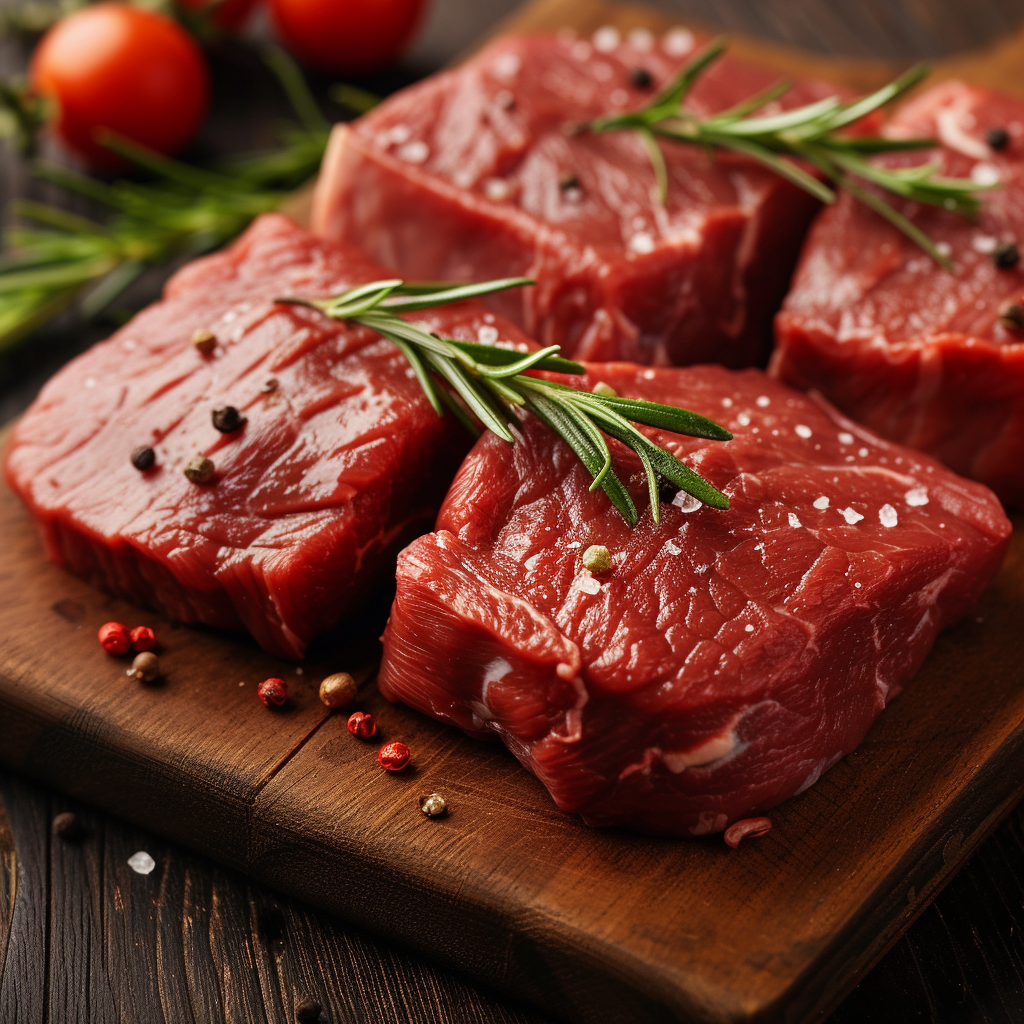
The Impact of Air Quality on Raw Meat Storage
Air quality plays an important role in raw meat storage. Proper air quality control can help maintain the freshness and extend the shelf life of the meat. Here are some key considerations:
Understanding the Role of Air Quality in Meat Preservation
Maintaining appropriate air quality in the storage environment is essential for preserving raw meat. Good air circulation helps reduce moisture and prevent the growth of bacteria that thrive in humid conditions. Additionally, controlling the presence of airborne contaminants can prevent the transfer of unwanted flavors or odors to the meat.
Controlling Humidity Levels to Prevent Spoilage
Humidity control is crucial to prevent spoilage of raw meat. High humidity can accelerate bacterial growth and cause the meat to lose moisture, leading to undesirable texture and flavor. In contrast, low humidity can cause the meat to dry out and become tough. The ideal humidity levels for raw meat storage range between 50% and 60%.
Using Air Filters and Purifiers to Maintain Freshness
Utilizing air filters and purifiers in the storage area can help maintain fresh air quality and minimize the risk of contamination. These devices can remove airborne particles, such as dust and allergens, improving the overall air quality and ensuring a clean and sanitary environment for raw meat storage.
Safe Handling and Preparation of Raw Meat
Proper handling and preparation of raw meat are essential to ensure the safety and quality of your meals. Follow these guidelines to minimize the risks of bacterial contamination:
Essential Hygiene Practices for Handling Raw Meat
Maintaining clean hands and work surfaces is crucial when handling raw meat. Follow these hygiene practices to minimize the risks of bacterial contamination:
- Wash your hands with warm, soapy water for at least 20 seconds before and after handling raw meat.
- Use separate cutting boards and utensils for raw meat to prevent cross-contamination with other foods.
- Clean and sanitize all surfaces, utensils, and equipment that come into contact with raw meat thoroughly after use.
Proper Thawing Techniques to Avoid Bacterial Growth
Thawing raw meat safely is important to avoid bacterial growth. Follow these proper thawing techniques:
- Thaw raw meat in the refrigerator overnight or use the defrost setting on your microwave if needed quickly.
- If using the microwave, cook the meat immediately after thawing to eliminate any potential bacteria.
- Avoid thawing raw meat at room temperature to minimize the risks of bacterial growth.
Cooking Temperatures and Doneness for Various Meats
Cooking raw meat to the proper internal temperature is essential to kill any potential bacteria and ensure its safety. Here are some general guidelines for cooking temperatures and doneness:
- Poultry: Cook poultry, including chicken and turkey, to an internal temperature of 165°F (74°C) to ensure thorough cooking.
- Ground meat: Ground meat, such as beef and pork, should be cooked to an internal temperature of 160°F (71°C) to prevent any potential bacterial contamination.
- Steaks and roasts: Cook steaks and roasts to your desired doneness, but make sure the internal temperature reaches at least 145°F (63°C) for medium-rare, 160°F (71°C) for medium, or 170°F (77°C) for well-done.
Conclusion
Choosing the right storage method for raw meat is essential to ensure its quality, freshness, and most importantly, food safety. By understanding the importance of proper meat storage, temperature control, hygiene practices, and alternative preservation methods, you can store and use raw meat with confidence. Whether you opt for refrigeration, freezing, vacuum sealing, or alternative methods like canning or dehydrating, always prioritize food safety through proper handling, storage, and preparation practices. By finding the optimal balance between convenience and longevity, you can enjoy safe and delicious meat-based meals for yourself and your loved ones.

